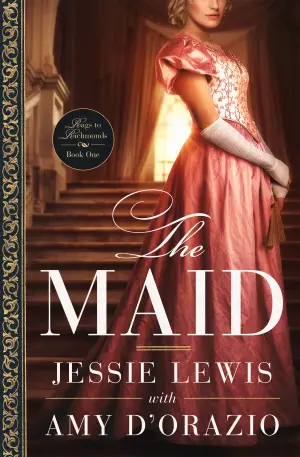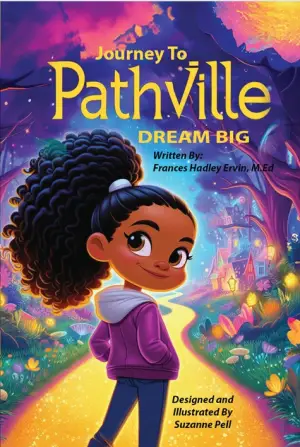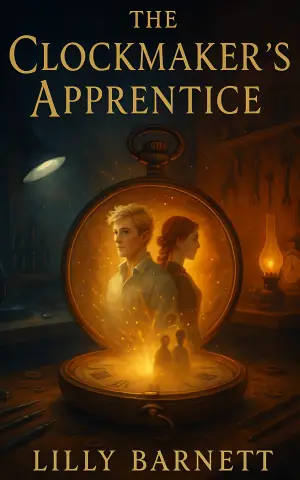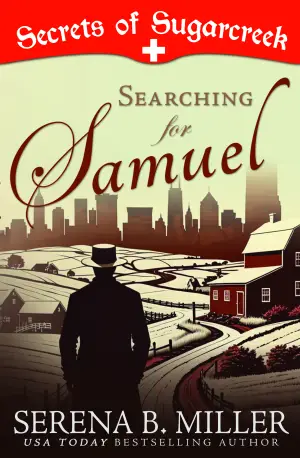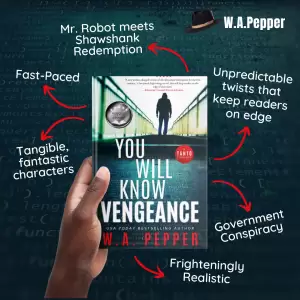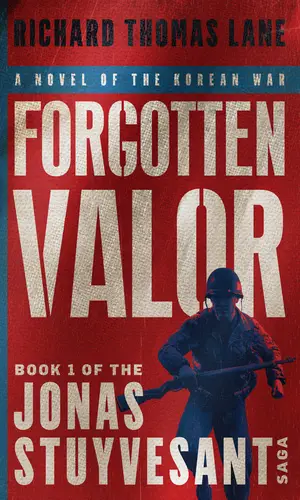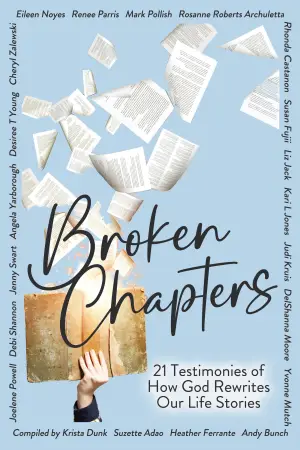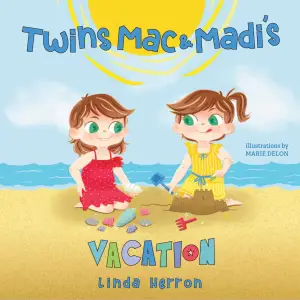Discovering Value in "No Money? No Problem!" by Amy E. Sklansky
When I first came across No Money? No Problem! from the Social Studies Connects series, I was instantly intrigued. As a parent and avid advocate for early economics education, the cover’s playful illustration and the promise of a relatability struck a chord with me. Amy E. Sklansky’s ability to weave complex concepts into stories that children can understand is truly something special, and diving into this narrative didn’t just teach me; it reignited my own childhood memories of barter and trade.
The story follows Amy, a spirited young girl who finds herself in a familiar predicament: she desperately wants the latest video game but faces a harsh reality—just fifty-two cents to her name. It’s a scenario any kid can relate to, right? This relatable plot not only captures the imagination but effectively introduces fundamental economic concepts such as barter in a manner that feels organic and engaging. Throughout the story, Amy’s journey sparks curiosity about how we value things, leading readers to think critically about currency and exchange.
Sklansky’s writing is concise and engaging, ideally suited for young readers aged 5 to 7. The pacing flows effortlessly, and each page invites the reader to consider alternatives to monetary transactions through the lens of communication and creativity. This book notably shines in its portrayal of diverse characters who all bring their unique perspectives to the principles of economics, making it a celebration of community and cooperation.
One of my favorite moments from the book is when Amy collaborates with friends to trade skills and services instead of cash. The idea resonates deeply, as it subtly encourages little ones to think outside the box for solutions. This positive message is crucial, especially in a world where conversations about money often feel heavy and daunting. The memorable quote, “Sometimes what you need isn’t in your piggy bank, but in your friends!” really encompasses the spirit of the book. It’s a lesson about resourcefulness and friendship that sticks with you long after reading.
The book’s charm is further enhanced by its interactive elements, encouraging readers to participate actively in discussions about bartering. The inclusion of activities to stimulate curiosity about the world invites children to engage with their surroundings and think critically about everyday transactions. It’s an effective tool for parents or educators looking to nurture discussions about economics in an enjoyable way.
In conclusion, No Money? No Problem! is a delightful entry point for young readers to engage with crucial life skills. It’s perfect for educators, parents, or anyone looking to introduce the concepts of economics and cooperation in an accessible, fun manner. I found the experience of reading this book not only rewarding for my children but also nostalgically enlightening for myself. Sklansky has crafted a whimsical tale that may foster life-long skills in emotional intelligence, problem-solving, and creative thinking. I’m thrilled to add this gem to our collection, and I believe it will resonate well with children, sparking their imagination and curiosity about the world of economics.
You can find No Money? No Problem! (Social Studies Connects) here >>



